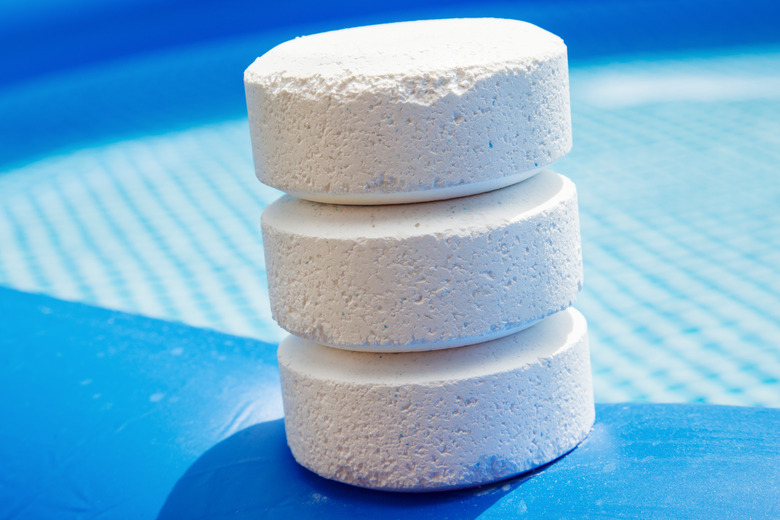How Do CFCs Damage The Ozone Layer?
Before Thomas Midgley Jr. and his associates invented Freon in 1928, the most common refrigerants were dangerous chemicals such as sulfur dioxide, methyl chloride and ammonia. Freon is a combination of several chlorofluorocarbons, or CFCs, which are so chemically inert that engineers believed they had found a miracle compound. CFCs are tasteless, odorless, nonflammable and noncorrosive, but in 1974, two scientists warned that they are far from harmless, and their warnings were confirmed in 1985.
The Ozone Layer
The Ozone Layer
Oxygen is the second most abundant gas in Earth's atmosphere, and it exists primarily as molecules made of two oxygen atoms. Oxygen can combine into molecules with three atoms, however, which are called ozone. Ozone near the ground is a pollutant, but in the upper stratosphere, it forms a protective layer around the planet that absorbs ultraviolet sunlight, thereby protecting all life from the harmful effects of that radiation. The thickness of this layer is measured in Dobson units (DU); one DU is one-hundredth of a millimeter at standard temperature and pressure. The ozone layer is about 300 to 500 DU thick on average, which is about the thickness of two stacked pennies.
The Effect of CFCs
The Effect of CFCs
Scientists first began to realize the potential for chlorine to interact destructively with ozone in the early 1970s, and Sherwood Rowland and Mario Molina warned of the danger that CFCs posed to the ozone layer in 1974. This danger is a direct consequence of the fact that CFCs — which contain carbon, fluorine and chlorine — are so inert. Because they don't react with anything in the lower atmosphere, CFC molecules eventually migrate to the upper atmosphere, where the sun's radiation is intense enough to break them apart. This produces free chlorine — an element that is anything but inert.
The Effect of Chlorine on Ozone
The Effect of Chlorine on Ozone
The process by which chlorine destroys ozone is two step. A chlorine radical, which is highly reactive, strips the extra oxygen atom from an ozone molecule, forming chlorine monoxide and leaving an oxygen molecule as a product of the reaction. Chlorine monoxide is also very reactive, however, and it combines with another ozone molecule to form two oxygen molecules and leave the the chlorine atom free to begin the process again. A single chlorine atom can destroy thousands of ozone molecules in adequately cold temperatures. These temperatures exist over the Antarctic, and to a more limited extent over the Arctic, during winter.
The Ozone Hole
The Ozone Hole
Scientists first discovered evidence of an ozone hole over the Antarctic in 1985. World governments were quick to react, reaching an agreement in Montreal in 1987 to, by 2010, phase out CFC use among countries that signed. The average thickness of the layer in an ozone hole, which develops every year during the Antarctic spring, is about 100 DU — the thickness of a dime. The largest hole observed was in 2006; it was 76.30 million square kilometers in area (29.46 million square miles); no hole in subsequent years, as of 2014, has been as large. The first ozone hole over the Arctic was observed in 2011 after an unusually cold Arctic winter.
Cite This Article
MLA
Deziel, Chris. "How Do CFCs Damage The Ozone Layer?" sciencing.com, https://www.sciencing.com/do-cfcs-damage-ozone-layer-5149840/. 13 March 2018.
APA
Deziel, Chris. (2018, March 13). How Do CFCs Damage The Ozone Layer?. sciencing.com. Retrieved from https://www.sciencing.com/do-cfcs-damage-ozone-layer-5149840/
Chicago
Deziel, Chris. How Do CFCs Damage The Ozone Layer? last modified March 24, 2022. https://www.sciencing.com/do-cfcs-damage-ozone-layer-5149840/
